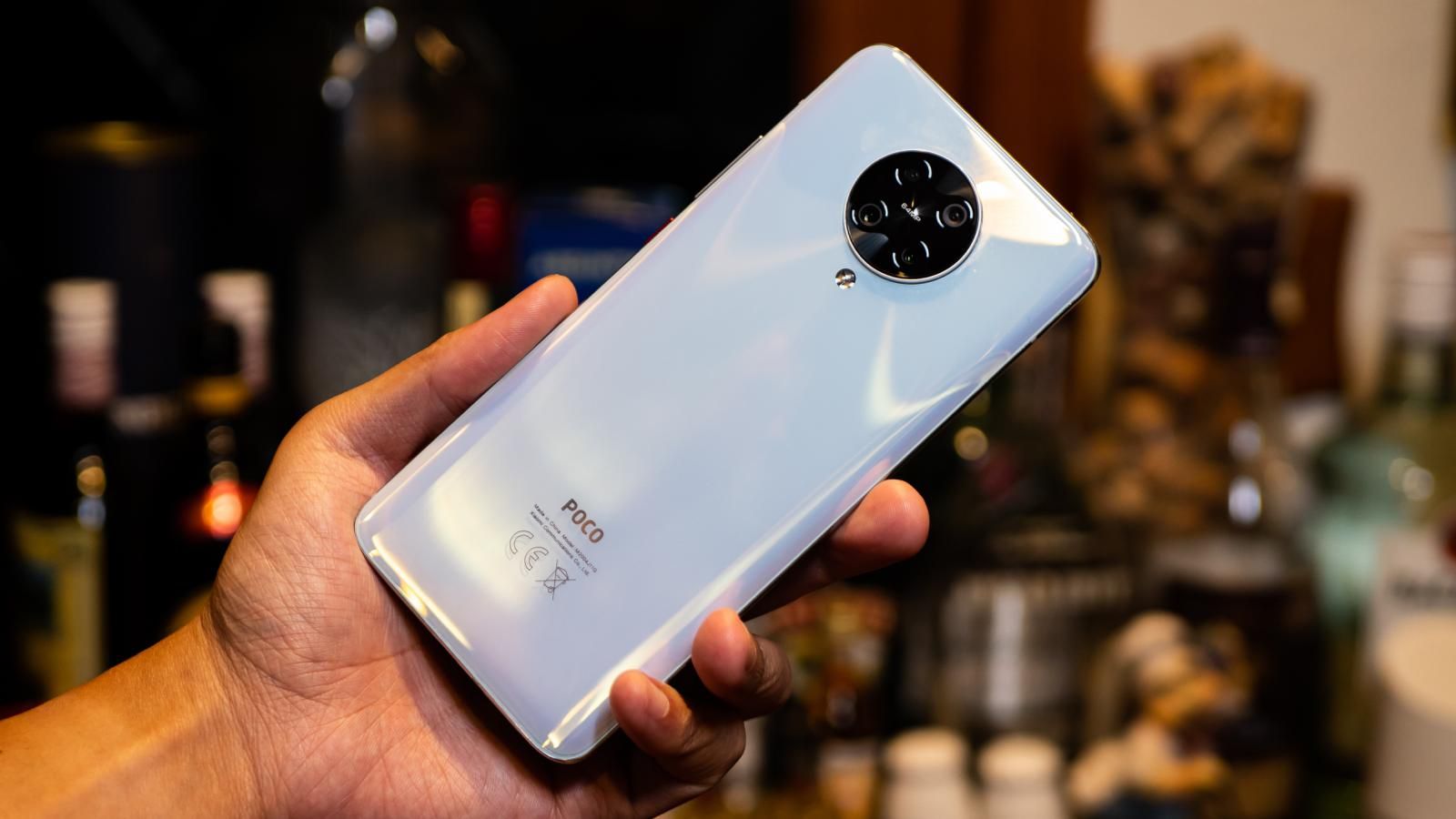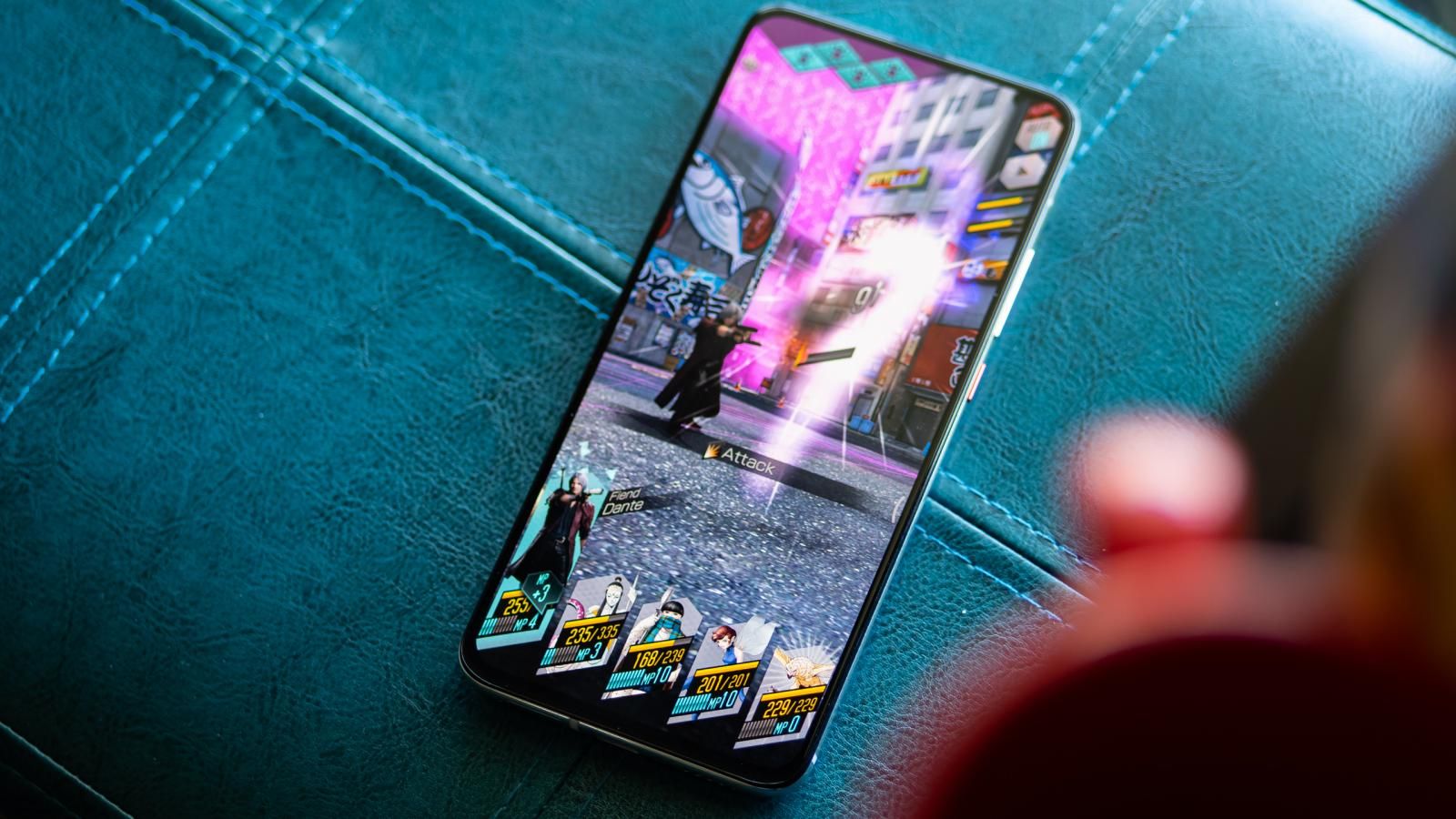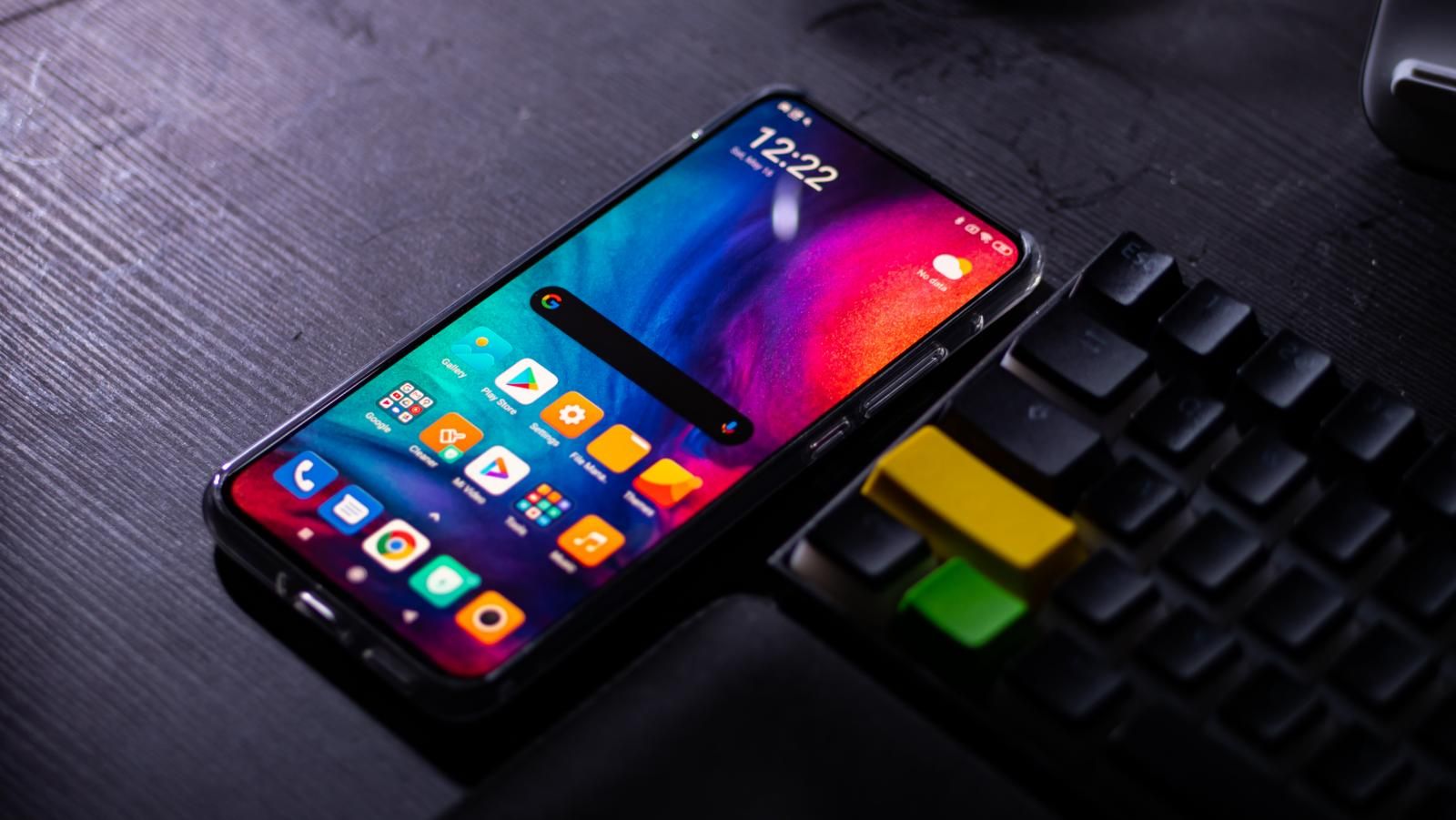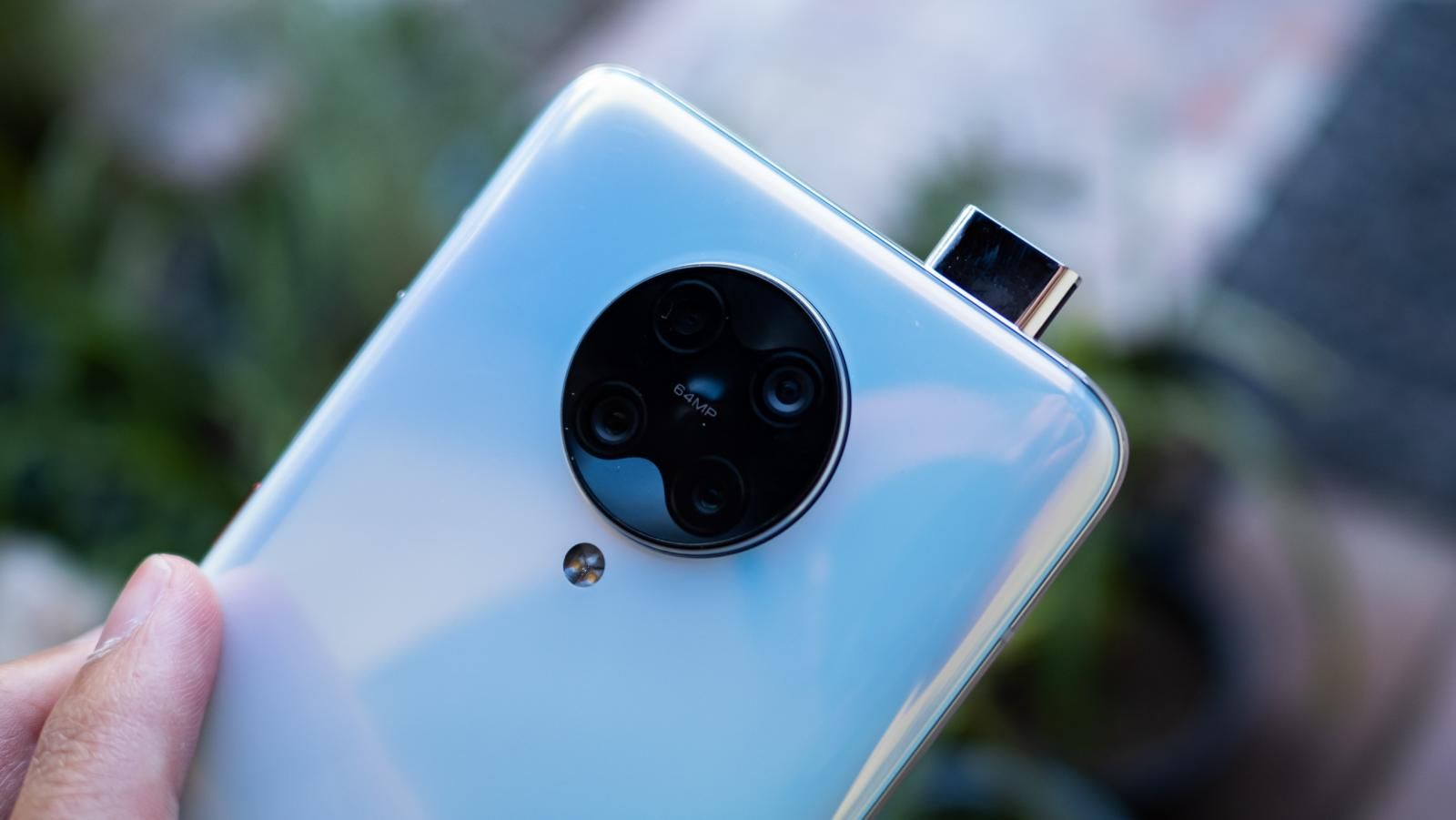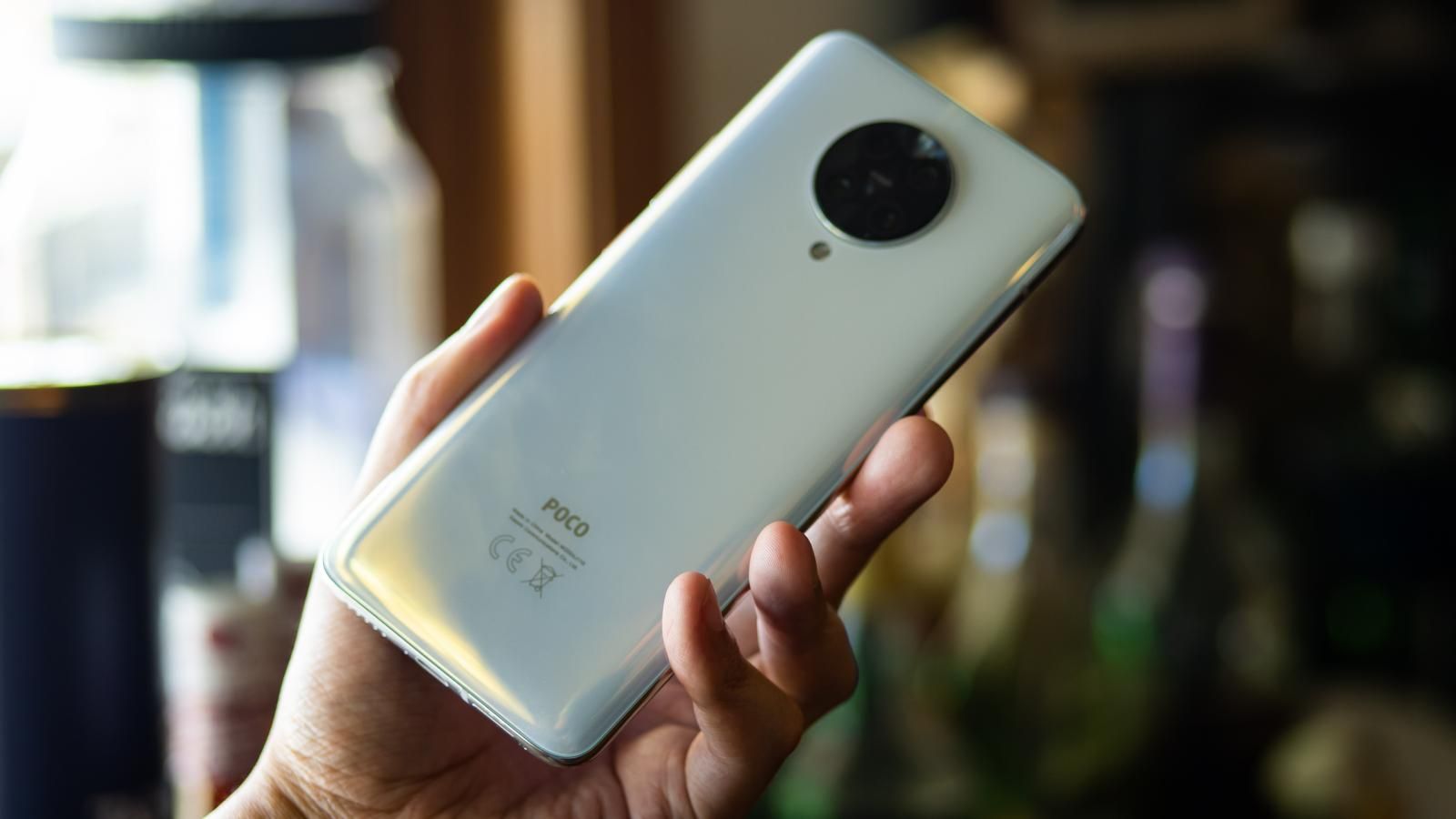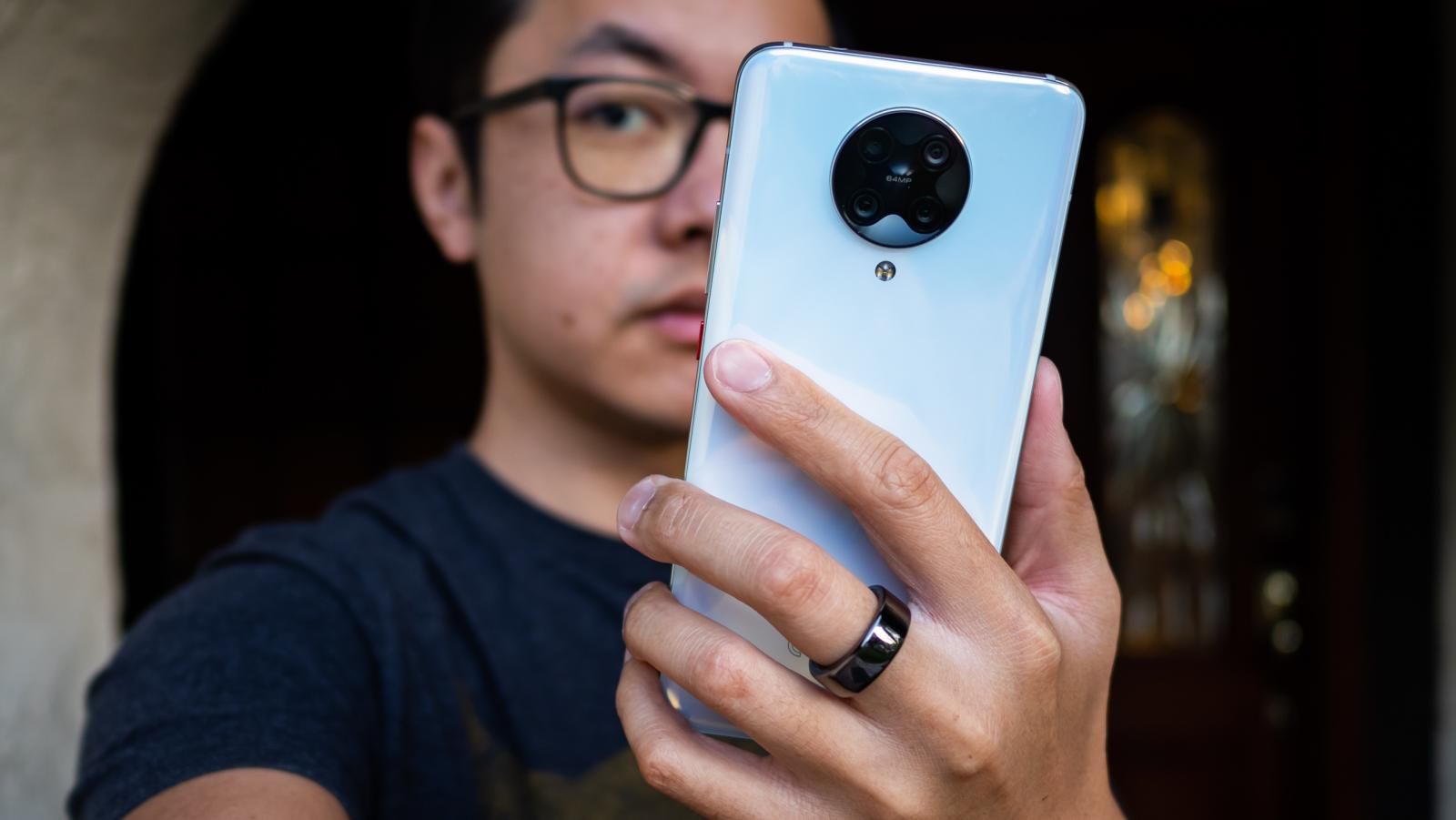When Poco introduced the F1 back in 2018, it turned a lot of heads — sure it wasn’t a completely premium device on the outside, but it had all of the trappings of a flagship phone at the time on the inside. Now, Poco is back with a slightly different strategy: put their brand on an existing sibling brand device. Even if the coat of paint looks and even feels very familiar, the company might be looking at a hit with a phone they are actually labeling a flagship killer. This is the Poco F2 Pro review.
Surface level familiarity
I’m sure many of you will bring up this detail, so let’s start off with it — yes, it seems we’ve seen this phone somewhere else before. As Xiaomi continues to grow and have plenty of brands underneath their umbrella, it’s equal parts surprising and understandable that very similar design cues would blend together. The Poco F2 Pro looks pretty much like a carbon copy of the Redmi K30 Pro, but I don’t find that to be a bad thing for one particular reason: Poco will reach some markets that Redmi won’t. Case in point — here at Pocketnow and even over at JV, we don’t have any Redmi phones, do we? So, if this is how I get to try out this smartphone package, I’m happy getting it one way or another.
So let’s talk about the aesthetic. I have the shiny white edition — it’s not glass on the back, but it’s shiny nonetheless. The camera module up top is a point of contention for some, a circle housing four lenses. The tiniest bit of color flourish is found in the red power button, which is appreciated. And I enjoy that there is a clear plastic case included in the box.
Notice, however, that the top of the case has a substantial cutout — this is because the F2 Pro comes with a feature I’ve been dying to see come back in 2020: a pop up camera. I loved how weird phones were getting in 2019 with cameras like this, and in a sea of 2020 hole punch cameras, we finally get a bit of weird back in our smartphone lives. Poco didn’t skimp on making it flashy, as it has LEDs in the actual model to make it light up and grab your attention. There are even sound effects and on screen color effects that add to the experience. And while there is an in-display fingerprint reader, the novelty of the pop-up for face unlock never gets old.
Up top there are a couple of other features I’m sure some of you will be really happy to see: a headphone jack, for one, and an IR blaster. These are two things I don’t use as often these days, but it’s great to see how the Poco F2 Pro basically marries two different worlds together: the flagship daily experience and the features you only really see nowadays in midrange phones. And for that matter, the phone ultimately looks and feels really nice — a bit of a far cry from the intentionally plastic build of the Poco F1, which the company made that way because they figured users would put a case on anyway and just enjoy what’s underneath the surface. This time, the phone’s not shy about showing off.
The right stuff (with a little clutter)
That pop up camera means that the screen is an unencumbered viewing experience. Now, this is a Full HD+ resolution display at 60hz, putting it behind other displays that are either QuadHD resolution, high refresh rate, or both. But as comments in my unboxing video over at JV seem to indicate, many of you are not really affected by this spec. And rightfully so — for the vast majority of people who are looking at this phone as a value prospect, it would have been nice to have the extra features but it doesn’t mean this phone is any less capable. Content does get rendered below the rounded corners sometimes, which is a bit odd but otherwise this is a full screen 6.67 inch AMOLED display. And the fact that it is AMOLED is a further plus, because it gives the F2 Pro a great always on display.
Okay so that pretty much covers everything you get on the outside, so let’s see what powers it all — the story is really familiar and thus pretty easy to enjoy, honestly. The Snapdragon 865 gives this phone the current specs and 5G capabilities, even though I don’t actually get 5G using this on Google Fi. 4G LTE has been fine, but a little slow because there are some bands missing. But in general the daily experience has been on par with the competition, despite regional differences.
My model is the 6GB RAM and 128GB storage option. I mentioned biometrics already with the in-display fingerprint reader and the face unlock via the pop up which I love. And the battery is a sizable 4700mAh unit that definitely got through full days of work and play. Speaking of, there is a liquid cooling system just like from the Poco F1 to keep things from getting too hot during heavy tasks like gaming. Call of Duty Mobile move along swimmingly, for example. That battery can be charged up quickly at 30W or via Qualcomm’s Quick Charge 4+ — there is no wireless charging, however, which is a little bit of a bummer.
Another small bummer is MIUI — don’t get me wrong, I like how far this software has come and with the Poco specific launcher, it brings a lot to the table. Customization options are abundant and it’s Google Now by default to the left of the home screens. Like many Asian Android interfaces, however, there are a few too many additions that end up collecting dust. Mi branded apps are an example; not to mention, all of the games that were pre-installed for some reason. And while we all know Xiaomi makes a sizable chunk of money from its services and ads therein, seeing an ad for another app on the very screen used to install an app is always odd.
A snapshot we’ve seen before
Despite some bumps in the road, the Poco F2 Pro is hitting all of the right marks in being a flagship device. In some cases, it is barely reaching the echelon like with the display, but overall there’s no reason to believe this phone is a bad everyday companion. So, is the camera the same story? In a nutshell, yes — but it says more about the current landscape of smartphone cameras than it does this phone’s usability. See, these days flagships have to get really crazy with their 100x zooms and their built-in gimbals to be considered high level. Meanwhile, the quality level that might actually be used on the daily is more easily achievable than ever. And phones at sub-$500 are making it happen — the Poco F2 Pro is a snapshot of that phenomenon: a high powered main sensor with a few friends to back it up.
The 64MP main sensor is a good performer especially at the pixel-binned 16MP results. Colors could use a bit more punch and dynamic range is just fine, but in all but lower light situations pictures are plenty usable for social media and messaging. And in those lower light scenarios, the Night mode is available but doesn’t seem as aggressive as ones we’ve seen in Huawei or Pixel phones. There’s a significant dip in the megapixel counts of the other lenses, but they all put out some good results still. There’s the 13MP ultrawide which can also be used for 4K video recording, and then there is a 5MP macro lens that puts out better quality results than many of its competitors that rock 2MP macros. You can even do macro video, but you tell me if macro is ultimately useful in your daily smartphone life. And finally there’s a 2MP depth sensor for portraits. Speaking of portraits, the 20MP pop up front facing camera does a fine job for stills but only records up to 1080p resolution video.
Speaking of, video is an endeavor the Poco reaches for but doesn’t quite excel at. AI 8K recording is nice to have, but it’s still not a practical format to shoot with for most people. At 8K, it seemed the autofocus was having some issues and the stabilization was far less reliable, leading me to stick to 4K throughout. Some Xiaomi inspired additions are here like Movie Frame which adds the black bars at the top and bottom of any video; also, there’s a Vlog mode that guides you in shot collection and automatically adds in the transitions and music for a stylized end result.
If you’ve been paying attention to phones under the $1000 price point, all of this is going to sound familiar. And that’s not a bad thing because it means good, if not overachieving, camera quality is available to just about anyone. It’s not the best shooter out there, but the value prospect fits the results.
If you can’t kill ’em, join ’em
So, as Poco has decided to co-opt the phrase “Flagship Killer,” I think that the F2 Pro manages to find itself among plenty of flagships in the market today, with great performance and a good camera experience — a sum of parts that easily overshadows the few flaws it has. But as phones like this continue to be released, we have to start asking the question of what a flagship actually is right now, halfway into 2020. If you prioritize the S20 Ultras and the P40 Pros of the world, this phone is no killer. But it does help make available the right stuff in the hands of more people. Carbon copy rebrand or not, Poco is making good on their impression as a maker of affordable flagship devices. It’s a trend we’re happy to see more and more of, and at around $500 hopefully this template continues to redefine the flagship experience for more and more people to enjoy.

